The violinist and composer speaks about his new project Seasons of Change, which reimagines Vivaldi’s Four Seasons with theatre and audience connectivity, in an exploration of climate change and its effects on humanity
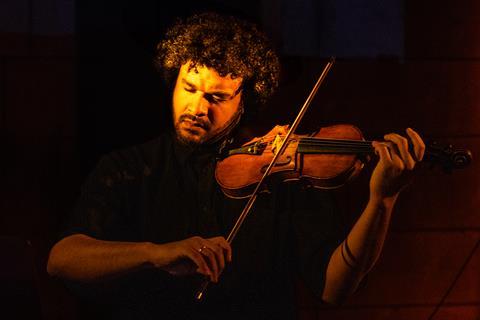
Read more Featured Stories like this in The Strad Playing Hub
Can Classical music be relevant in the 21st century? Can classical music make us aware of the effects of class in a particular, artful and actionable way?
Some folks want to show up to a lovely venue, witness an artist of prestige present a finely prepared musical dish, and walk out of the hall refreshed. Like a rinse of cool water to the cheek on a balmy day. That is relevance. We all need that escape, that rejuvenation. Some folks want to feel as though they are witnessing a piece of art unfold, objectively watching the sounds dance on stage, and then tear it apart in their post-concert debates with fellow audio-scholars…that too is relevance.
Others want to be moved. But with that nagging and constant context of miniature digital storytelling, the barrage of political and cultural shock and awe binging and buzzing in our pockets daily, what could be moving? What can the stage lend in the form of catharsis? In the age of social media, the mystique of the artist/genius may have a different place and function. The average listener’s ability to interact, identify, and sample art is now much more nimble. Every artist engages with that digital reality in their own way, and for me, I prefer to sift for meaning in this new soundbite art landscape—to create digital and acoustic works that act as an oasis in the scrolling wasteland of ads, clickbait, AI creation—a moment of internal focus amid a general onslaught of incendiary doom.
What if a concert were like a podcast? What if seeing a performance was like looking under the hood, behind the chef’s table—watching the dish become itself, not to be served but to be shared? What if our music lifted up the story, idea, expression of a singular living life? What if music was not an imitation of life but an auditory embodiment of the real thing? An abstract slice of life, much like the reels we zoom by minute by minute but with the intent of an artist and artful social gathering behind them.
Why? I will get to that.
I have always been mesmerised by improvisers… When you watch an improviser create, and you find that it affects you deeply, you might jump to the conclusion that they are some form of genius, making music spontaneously in the moment, entirely unplanned, from the heart. They have created something inside of you in the moment. What if, in actuality, they were simply speaking to you, casually, in a practiced language of sound that has developed meaning to them? What if you were simply made aware of the meaning of another’s internal aural world? Now, what if that language of sound accompanied the found sounds in our world? This has been done before—interviews within the music of Steve Reich’s Come out to show them or WTC 9/11. The original Four Seasons have poetry, possibly by Vivaldi himself, that ornaments the colourful composition, revealing his connection to the environment as well as his own social attitudes. We have seen this in the tone poems of Strauss or any historically derived opera. Referring to a narrative that is somehow ‘true’ is not new.
What if the stories of another, told and framed by composition, created something inside of you through the language of sound? What if they opened up that new oasis: connectivity.
So, let’s say you are along for the ride of empathy through music—which stories do we choose? Our own personal stories are a great first option; putting aside ego, we are all examples of some larger pattern or issue of the world—immigration, financial struggle, identity-based questions, mortality, etc. Whose stories are we allowed to lift up, and how? Which stories reframe your life, which ones free you in the telling, which stories can you tell honestly?
I have slowly immersed myself in this work in several ways. My first album Of Color(s) uses the poetry of historic figures across time, reflecting their relationship to colour and its human impact—the music frames, meditates, and comments on the attitudes around colorism. In OF POWER, I imagined what it might have been like to be Kevon Walker on the night Louisville police entered his home with Breonna Taylor, pairing the emergent imagined words with an electronic Adagio in a dirge-like recomposition of Bach’s Solo Violin Sonata No. 3. The entire album of Love. uses the inspired words and philosophy of my visionary violinist/composer mom, Elektra Kurtis, who suffered from brain cancer and slowly lost the ability to play and create—engaging with grief and what we lose or gain when people are “gone.” As an extension, I composed works paraphrasing the stories of others’ grief shared via voice memo called Grief Monologues.
My upcoming album Seasons of Change uses a recomposition of Vivaldi’s Four Seasons to frame the experience of nature and climate through the words of folks experiencing homelessness—they express the very real and very human existential effects of climate and climate change on a daily basis—humanising the words of the socially marginalised and humanising the scientifically driven ’concept’ of climate change.
In performance, I create video to accompany most of my original compositions, and I try to find meaningful ways to interact and reframe the concert experience for the audience. In my recompositions of Samuel Coleridge-Taylor’s 24 negro melodies: Deep River for violin and strings, I emerge into the concert hall playing from behind the audience, walking to the stage. Sometimes I sing to them and invite them to sing back—many times they begin clapping along to the music spontaneously. As a composer, I tell people what I was feeling or thinking about as a work is born. For example in the 24 American Caprices, each work is a slice of a different time of my life, all exploring the nooks and crannies of what virtuosity on the violin means for me at the time, and its relationship to the music that defines my American soundworld.
This all may seem like a spectacle to some, taking away or hiding the musical moment. ’Can’t we just go see a concert, sit there, and just listen?’ For me, these minor acts of theatre enhance the musical moment, frame it, and change our perspective on sound to access something richer and somehow more connected.
For me, a concert can be like a shared Sunday dinner, with dishes shared hot. Finding compositional inspiration in life, accompanying the spoken audio of real people, sharing where music comes from, helps me heat things up. Comedians do it all the time. They ’punch up’ their own lives. When you listen to a pop song, you might assume the writing or feeling behind the delivery is based on the performer or writer’s reality. Same with a novel or candid-seeming photograph. A slice of life.
For me, a concert can be like a shared Sunday dinner, with dishes shared hot
When I make music that tells the stories of myself and others, I feel I am not just serving the audience, not just serving the person or people whose stories are told—I am serving myself. My music making can no longer be flippant. It is in direct communication with another’s life, even if playfully. It aims to decorate, frame, and colour the words, ideas, or struggles of a real person while maintaining the urgency and curiosity fit for the stage. Playing and composing in this way, I am forced to face my musical self in relation to the life of another. To see myself - in communication through the language that I have developed an extremely personal meaning—music—and ideally, because of that gained clarity, see myself anew. I become a bit more distinct, a little more myself, a little more free. I would hope that an audience might want to come along for that journey and feel something like that for themselves.
I live and breathe music. So living it and feeling it through the story of another is the quickest way to empathy and peace within myself, if only briefly.
Happy scrolling.
Curtis Stewart performs Seasons of Change for Kaufman Music Center and Gateways Music Festival on 25 April, and at Rutgers University on 28 April. Seasons of Change will be released on 20 June 2025 on Bright Shiny Things.
Read: ‘Grief never seems to go away’: violinist and composer Curtis Stewart
Listen: The Strad Podcast #67: Curtis Stewart on Julia Perry’s Violin Concerto
Read more Featured Stories like this in The Strad Playing Hub
The number one source for playing and teaching books, guides, CDs, calendars and back issues of the magazine.
In The Best of Technique you’ll discover the top playing tips of the world’s leading string players and teachers. It’s packed full of exercises for students, plus examples from the standard repertoire to show you how to integrate the technique into your playing.
The Strad’s Masterclass series brings together the finest string players with some of the greatest string works ever written. Always one of our most popular sections, Masterclass has been an invaluable aid to aspiring soloists, chamber musicians and string teachers since the 1990s.
The Canada Council of the Arts’ Musical Instrument Bank is 40 years old in 2025. This year’s calendar celebrates some its treasures, including four instruments by Antonio Stradivari and priceless works by Montagnana, Gagliano, Pressenda and David Tecchler.

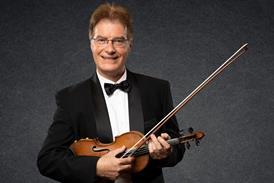

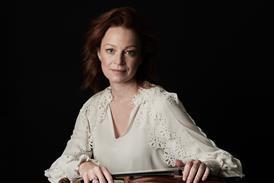
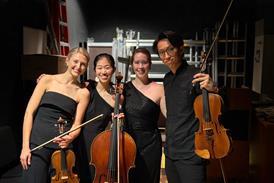
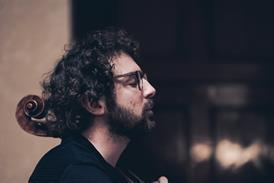
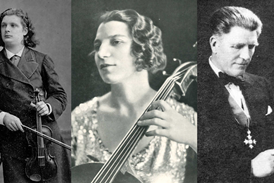


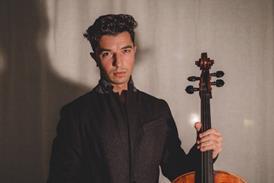
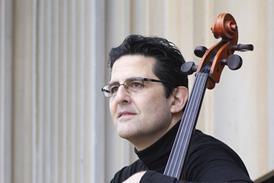
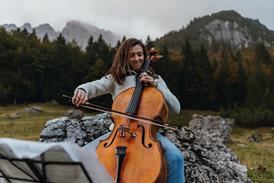
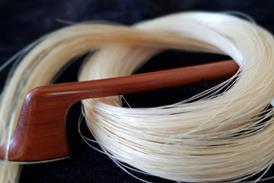
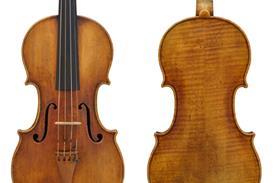

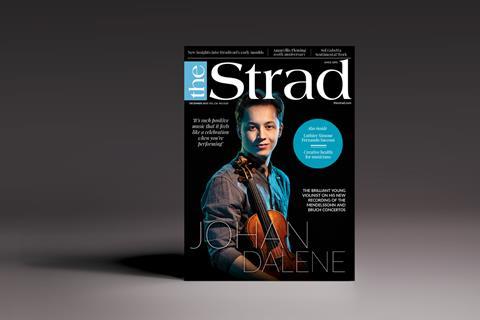
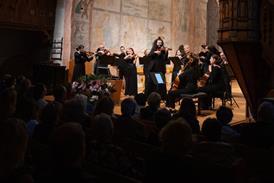

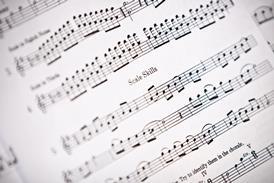
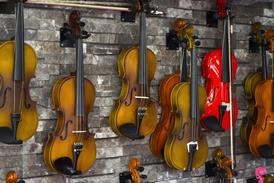

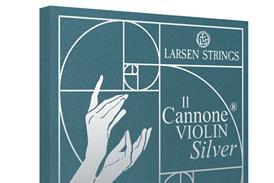

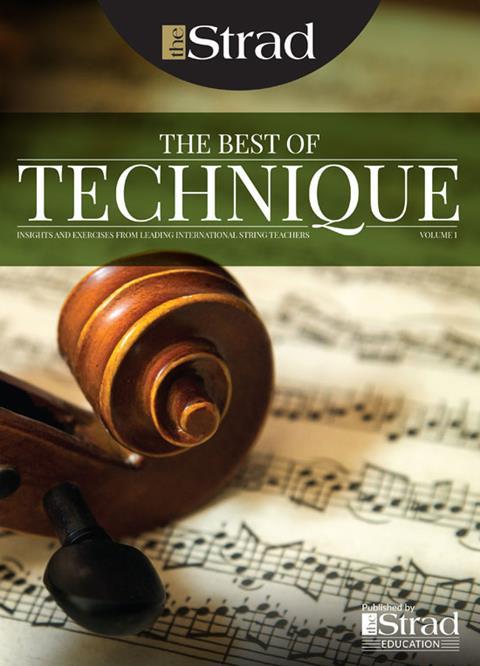
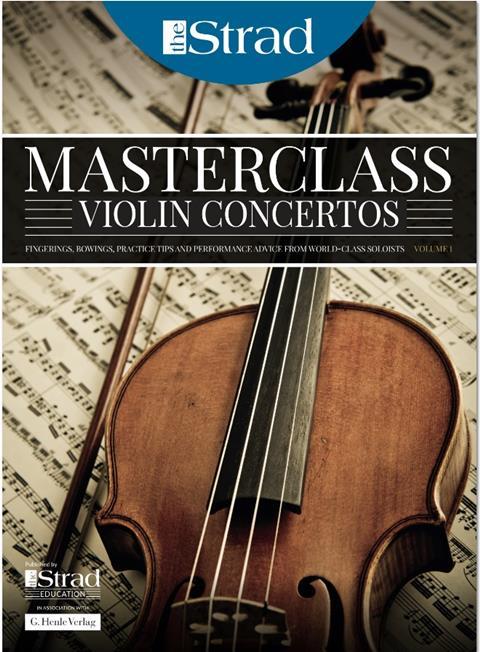
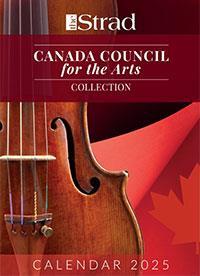
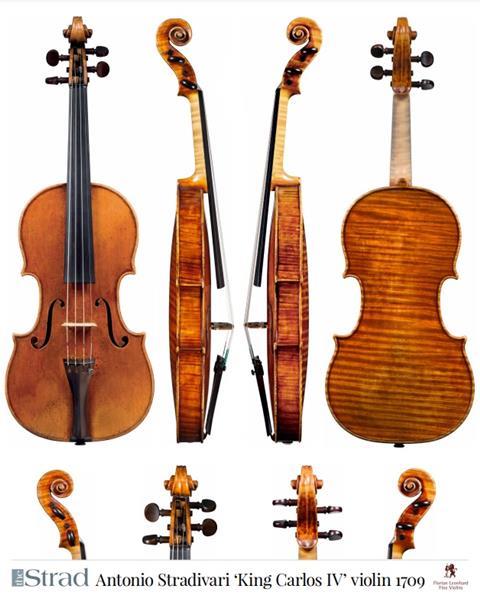
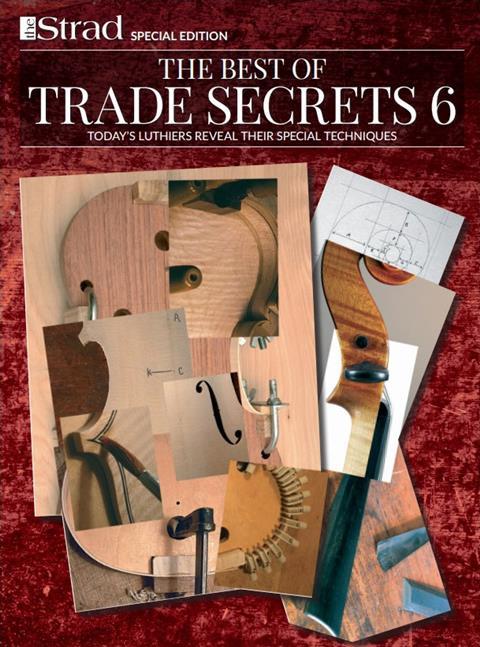
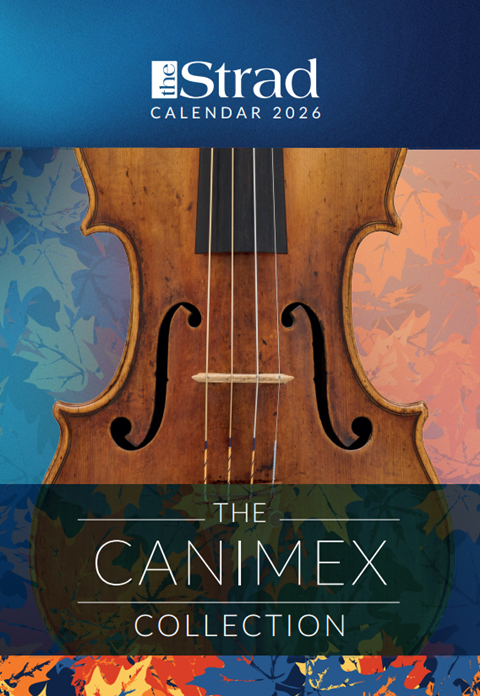
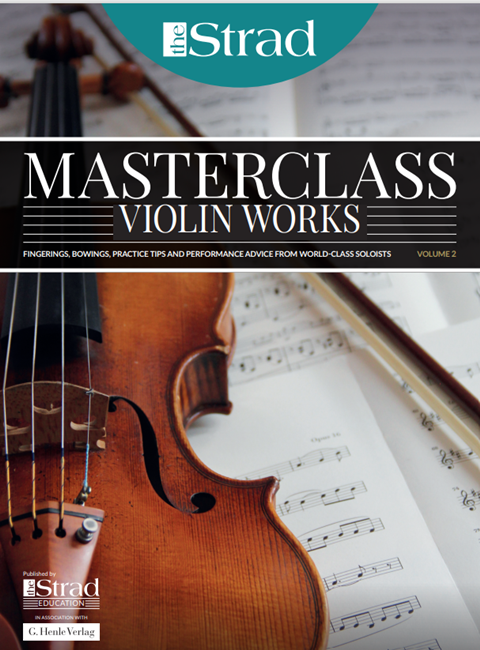
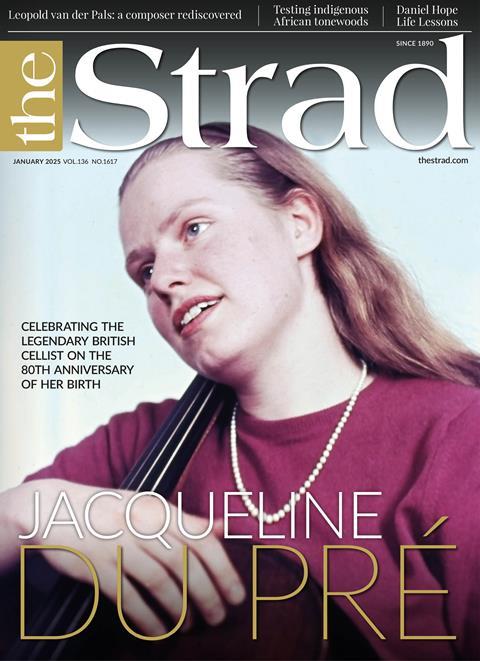

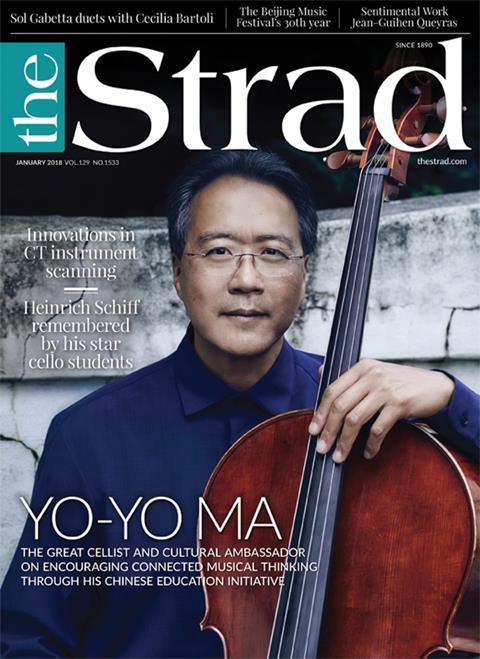












No comments yet